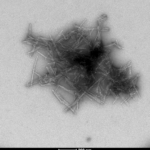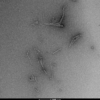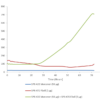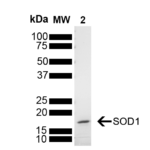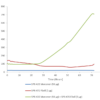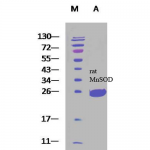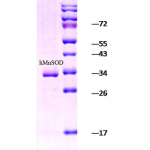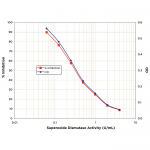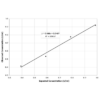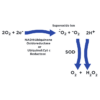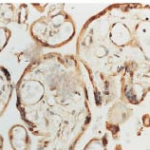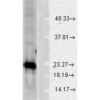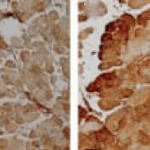SOD1
StressMarq Biosciences has developed an extensive range of fibrillar, oligomeric and monomeric protein preparations for use in neurodegenerative disease research including alpha synuclein, beta synuclein, gamma synuclein, tau, amyloid beta, SOD1 and TTR. Our goal is to be the world leader in the development and supply of active, pathology-inducing protein aggregates to assist scientists with disease model development and accelerate neurodegenerative disease drug discovery.
SOD1 (Cu/Zn superoxide dismutase 1) misfolding and aggregation into neurotoxic species is implicated in Amyotrophic Lateral Sclerosis (ALS). Superoxide Dismutase (SOD) is an endogenously produced intracellular enzyme present in almost every cell in the body (3). It works by catalyzing the dismutation of the superoxide radical O2ˉ to O2 and H2O2, which are then metabolized to H2O and O2 by catalase and glutathione peroxidase (2, 5). In general, SODs play a major role in antioxidant defense mechanisms (4). There are two main types of SOD in mammalian cells. One form (SOD1) contains Cu and Zn ions as a homodimer and exists in the cytoplasm. The two subunits of 16 kDa each are linked by two cysteines forming an intra-subunit disulphide bridge (3). SOD1 misfolding and aggregation into neurotoxic species is implicated in Amyotrophic Lateral Sclerosis (ALS).
StressMarq manufactures SOD1 fibrils and monomers for use in neurodegenerative disease research.
- Human Recombinant SOD1 Pre-formed Fibrils (PFFs) | catalog# SPR-470
- Human Recombinant SOD1 Monomers | catalog# SPR-435
StressMarq’s SOD1 fibrils seed the aggregation of SOD1 monomers, demonstrated through increased fluorescence in Thioflavin T assays.
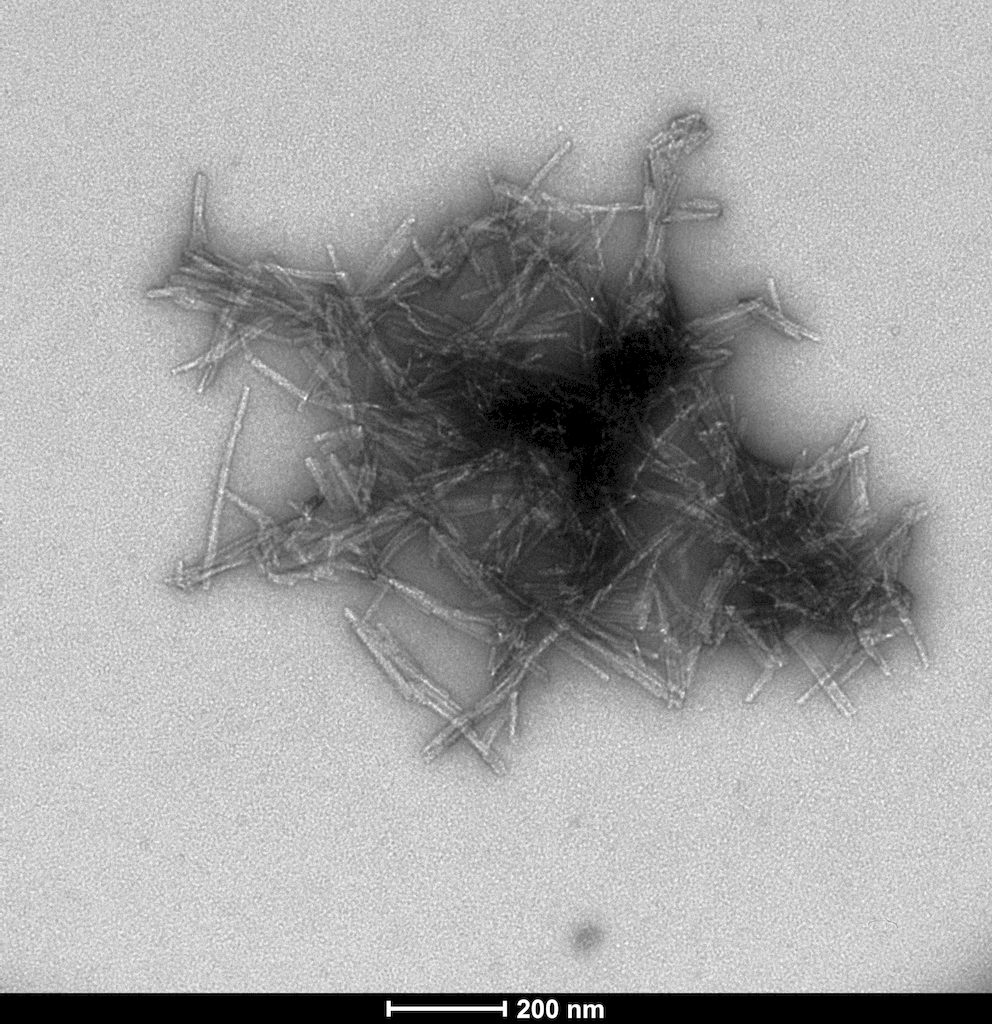
TEM of human SOD1 Pre-formed Fibrils (PFFs) (PFFs)
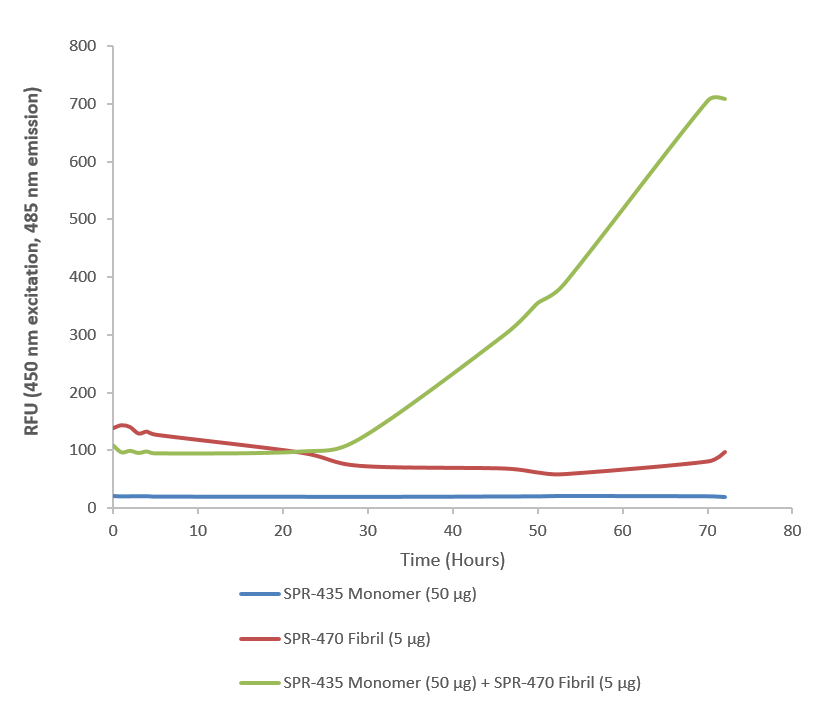
Thioflavin T assay of SOD1 pre-formed fibrils (PFFs) (SPR-470) combined with SOD1 monomers (SPR-435). Fibrils seed the aggregation of monomers, leading to an increase in Thioflavin T fluorescence.
1. Adachi T., et al. (1992). Clin. Chim. Acta. 212: 89-102.
2. Barrister J.V., et al. (1987). Crit. Rev. Biochem. 22:111-180.
3. Furukawa Y., O’Halloran T. (2006). Antioxidants & Redo Signaling. Vol 8, No 5,6.
4. Gao B., et al. (2003). Am J Physiol Lung Cell Mol Physiol 284: L917-L925.
5. Hassan H.M. (1988). Free Radical Biol. Med. 5: 377-385.
Supplemental Learning Materials
Technical Support Resources
- Handling Instructions | SOD1
- Protocols | Neuro Proteins
- Sonication Protocol | PFFs
- Frequently Asked Questions | Neuro Proteins
Selected Publications from the StressMarq Blog
Have a question about SOD1?

